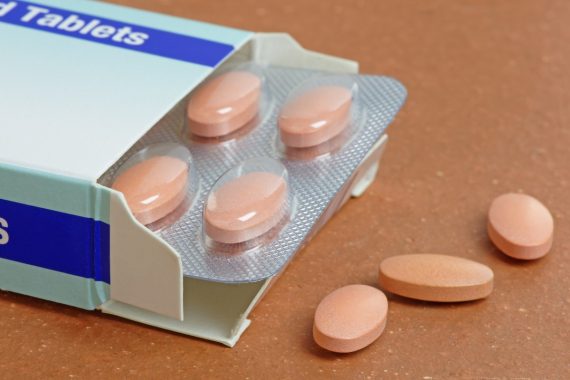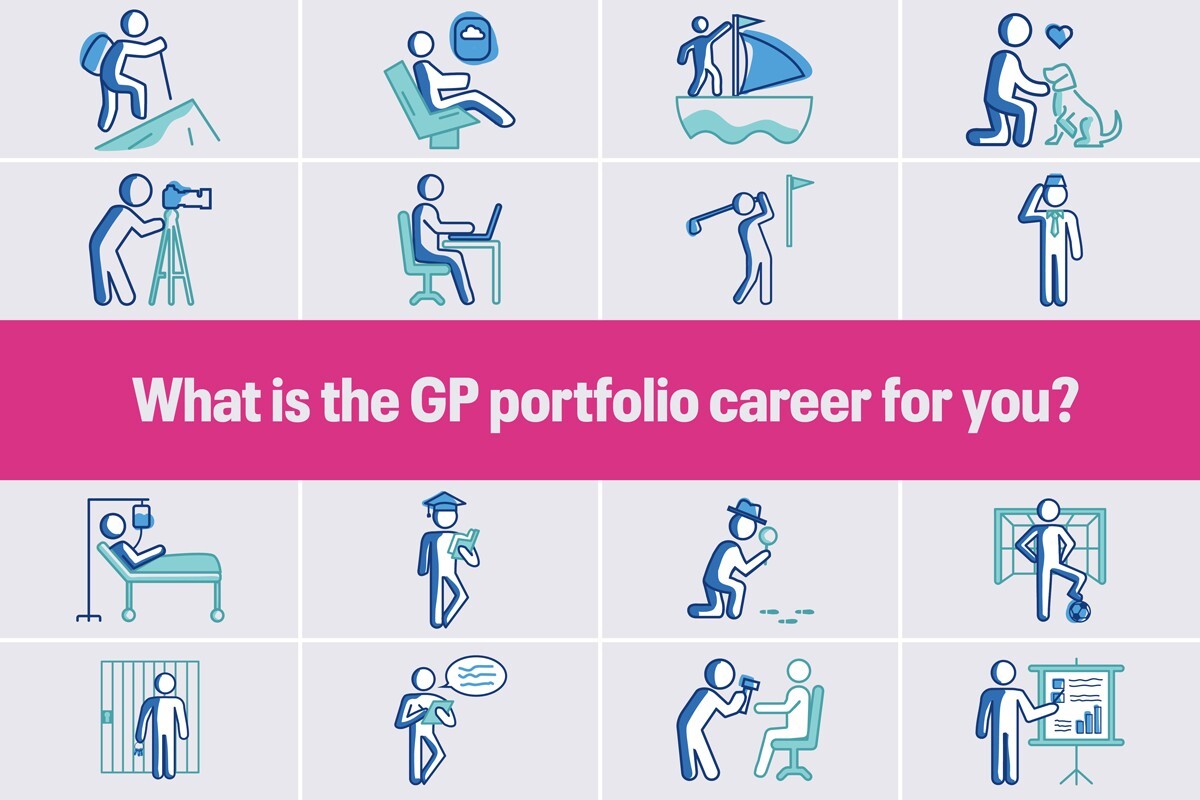GPs to prescribe statins at a lower risk under updated draft NICE guidance

GPs can consider prescribing statins in people with a lower risk of cardiovascular disease (CVD) under updated draft guidance from NICE.
Recommendations out for consultation say while the current risk threshold has not changed, statins can now be offered as an option in individuals with a 10-year CVD risk score of less than 10%.
The updated guidance recommends that doctors consider atorvastatin 20 mg for the primary prevention of CVD in those with a lower risk threshold where there is patient preference for taking a statin or concern that risk may be underestimated.
NICE has estimated that under the new recommendation – an update to the 2014 guidance – for every 1,000 people with a risk of 5% over the next 10 years who take a statin, about 20 people will not get heart disease or have a stroke.
This figure doubles to 40 for people with a risk of 10%, and 70 for people with a risk of 20%, the committee said.
GPs can consider prescribing at the lower risk thresholds under shared-care decision making with patients after assessing risk with the QRISK3 tool, the committee said but advise should also be offered on diet, physical activity, and other lifestyle factors such as smoking.
But they added that focusing on increasing uptake among people with the highest risk of CVD events would have more impact.
Paul Chrisp, director of the Centre for Guidelines at NICE, said: ‘What we’re saying is that, for people with a less than 10% risk over 10 years of a first heart attack or stroke, the decision to take a statin should be left to individual patients after an informed discussion of benefits and risks.
‘The evidence is clear, in our view, that for people with a risk of 10% or less over 10 years, statins are an appropriate choice to reduce that risk.
‘We are not advocating that statins are used alone. The draft guideline continues to say that it is only if lifestyle changes on their own are not sufficient, and that other risk factors such as hypertension are also managed, that people who are still at risk can be offered the opportunity to use a statin, if they want to.
‘They don’t have to, and their decision should be informed by an understanding of the risks and tailored to their values and priorities.’
He added it would be the responsibility of GPs to explain the ways in which people can reduce their risk of cardiovascular disease, presenting all the options promoted by the draft guidance, including lifestyle changes, blood pressure control, avoidance of diabetes and cholesterol (lipid) lowering, and then letting patients to make their own decisions.
‘Finally, it should be stressed that people who want to talk to their GP team about this should do so at their next routine appointment, they don’t need to take urgent action.’
The guidance comes with an updated decision aid to help people make informed choices about taking statins for primary prevention.
Updated draft guidance on cardiovascular disease: risk assessment and reduction, including lipid modification
1.1.8 Use the QRISK3 tool to calculate the estimated CVD risk within the next 10 years for people aged between 25 and 84 without CVD
1.1.9 Use the QRISK tool for people with type 2 diabetes aged between 25 and 84
1.1.11 Recognise that CVD risk tools may underestimate risk in certain groups of people, including but not limited to:
• people treated for HIV
• people already taking medicines to treat CVD risk factors
• people who have recently stopped smoking
• people taking medicines that can cause dyslipidaemia such as
immunosuppressant drugs
• people with autoimmune disorders, and other systemic inflammatory
disorders.
1.1.12 Consider people aged 85 or older to be at increased risk of CVD because of age alone, particularly people who smoke or have raised blood pressure.
1.1.17 Consider using a lifetime risk tool to inform discussions on CVD risk and to motivate lifestyle changes, particularly for people with a 10-year QRISK3 score less than 10%, and people under 40 who have CVD risk factors
Source: NICE
Portfolio careers
What is the right portfolio career for you?

Visit Pulse Reference for details on 140 symptoms, including easily searchable symptoms and categories, offering you a free platform to check symptoms and receive potential diagnoses during consultations.
Related Articles
READERS' COMMENTS [15]
Please note, only GPs are permitted to add comments to articles













A requirement for a potentially large number of further GP consultations to consider low-value interventions for low-risk patients.
Thank goodness there isn’t a capacity crisis in the NHS or this would be a mind-bogglingly stupid idea!
To put it another way, you would need to take the tablets for an average of 500 year to prevent one event (at 5%)
That is over 180,000 tablets.
That is a lot of tablets!
Is this not the folly of “preventative” medicine. You do not prevent anything. Barring someone dying of cancer instead of their heart attack. But their death is not prevented. You only ever delay. With new advances that delay may produce a dip in deaths in a particular period but that cohort still die just a bit older. Thus an initial gain levels off to similar annual death rate just at an older age. They then chase the line on the graph in the vain hope of hitting the zero axis that they never will.
Gavin I love your comment but I think your maths may be a little off. Seems to me that 5% risk over 10 years = one event prevented every 200 years (IE every 70000 tablets)
@Dylan
It was based on the line from the article “NICE has estimated that under the new recommendation – an update to the 2014 guidance – for every 1,000 people with a risk of 5% over the next 10 years who take a statin, about 20 people will not get heart disease or have a stroke. ”
The reason for this is that at 5% risk over 10 years you would indeed expect one event for every 200 patient years without statins. However this does not go to zero with statins. NICE is estimating that the risk drops to 3% on statins.
So for 100 patients, over 10 years (i.e. 1,000 patient years)
95 will have no event whether statins or not
3 will have an event with or without the tablets
2 will avoid an event due to the statins – that is 1 in 500 patient years.
Most patients at around 10% risk decline a statin once it is explained that it reduces the risk to 7% and for that you have to take a tablet every day. While at a population level it seems rational at an individual level it does not. We all live with risk and take steps to protect ourselves but most people think a statin to protect against this level of risk is not necessary. Then we talk about really effective measures like increasing activity by taking a long walk every day etc. ( in patients who already don’t smoke or drink excess alcohol!)—- there are bigger fish to fry.
@Gavin
How embarrassing, you’re right. Remind me never to try to correct someone’s maths again.
Rome is burning and they come up with this BS.
….and, since we have all the time in the world, don’t forget to advise your patients that taking a statin will need to be declared when they take out travel insurance which will increase the cost and, if they already have insurance, failure to notify their Insurance company that they are now taking regular medication will mean their current policy may be considered invalid.
I just don’t get the point of all this ‘advice’. Why wouldn’t you consider giving a statin if someone wanted it and you agreed some arbitrary ’indicator’ was probably underestimating cardiovascular risk? Why does anyone need NICE to guide them and tell them they can? This ‘advice’ isn’t for practicing GPs. Its for somebody else..lawyers, administrators, academics..this is of virtually no practical use to a real world practicing GP. Unless you are a robot and don’t have a brain. And as for the idea health promotion/disease prevention saves money? It improves quality of life. It allows people to make the best use of their potentially productive years, and yes monetarily it enables people to remain in work longer and pay more tax, but as someone already mentioned above..it simply delays the inevitable. One day EVERYONE will die. If they don’t die of a heart attack age 60 (helped by their statin) they’ll die at 94 for renal failure or dementia or cancer ..and probably cost the NHS a large sum as they do. Disease prevention and health promotion is a great idea but in the ling run it won’t save the NHS money.
May as well just put them in the water…..
Marginal (very) gains and appointment heavy in a service that is dangerously oversubscribed. Utter tosh
Please read “Too many pills”, Dr.James Lefanu’s 2018 book which expertly exposes the statin scam and a host of other problems with our health system. I thought Whitty’s recent statement about NHS overload was ignorant and daft but NICE has trumped him.
Gavin Jamie. This is a really good example of how to present the relevant info to patients ( as well as colleagues! )
Effectively you have put the NNT in a clearer and more understandable form.
I have a small quibble – what this issue is about is the prevention of vascular events ( whether they be CVS/CNS or related to PVD ). *** will not get heart disease or have a stroke. ”**** is not quite the same. Have not checked but was does NHICE sat about this in their updated draft guidance ?
https://twitter.com/SimonTa95239529/status/1613168053944029185?s=20&t=53LuWjl4g3R8-uDVUu-ecQ